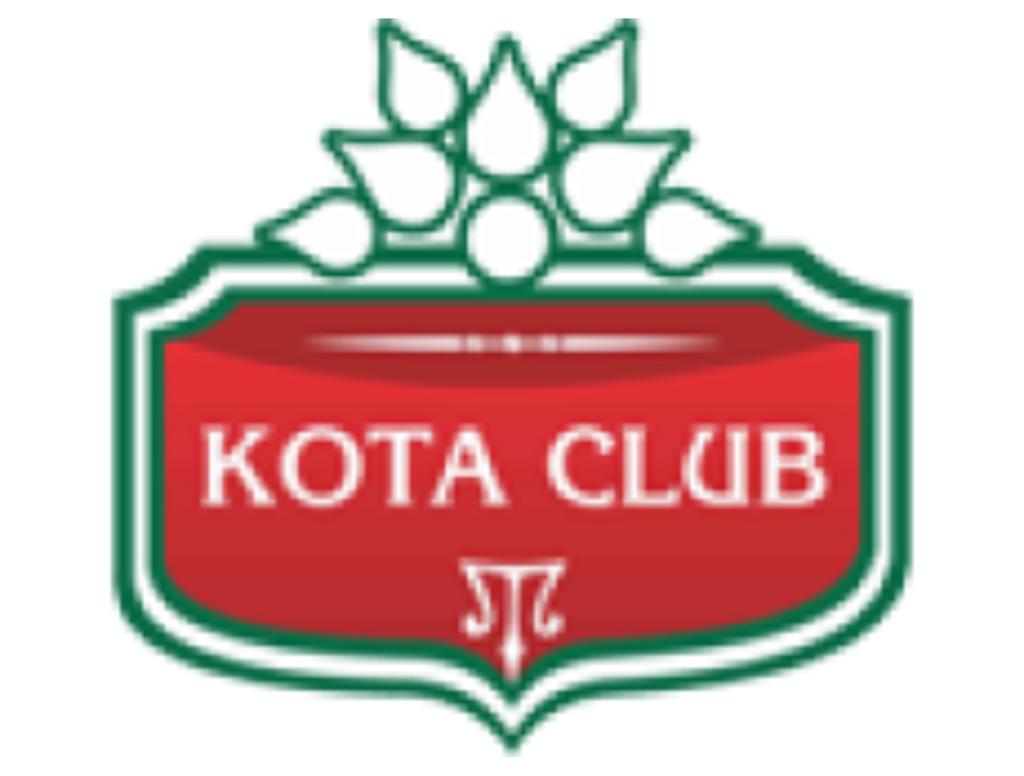About Kota
The history of the city dates back to the 12th century A.D. when the Hada Chieftain, Rao Deva, conquered the territory and founded Bundi and Hadoti. Later, in the early 17th century AD during the reign of the Mughal Emperor Jahangir, the ruler of Bundi -Rao Ratan Singh, gave the smaller principality of Kota to his son, Madho Singh. Since then Kota became a hallmark of the Rajput gallantry and culture.
The south eastern region of Rajasthan known as Hadoti comprises of Bundi, Baran, Jhalawar and Kota is a treasure of history dating back to several centuries. Prehistoric caves,paintings,formidable forts and the mighty Chambalriverhurtling from the Vindhyas are dotted in the region. When Jait Singh of Bundi defeated the Bhil Chieftain Koteya in a battle, he raised the first battlement or the ‘Garh'(fort) over his severead head. The Independent state of Kota became a reality in 1631 when Rao Madho Singh, the second son of Rao Ratan of Bundi was made the ruler, by the Mughal Emperor Shah Jahan. Soon Kota outgrew its parent state to become bigger in area, richer in revenue and more powerful. MaharaoBhim Singh played a pivotal role in Kota’s history, having held a ‘Mansab’ of five thousand and being the first in his dynasty to have the title of Maharao. Kota is situated on the banks of chambal river and is fastly emerging as an important industrial center. It boasts of Asia’s largest fertilizer plant, precision instrument unit and atomic power station nearby. Surprisingly unexplored, the Kota region of Rajasthan has some splendid treasures for the tourist to take home memories of. Its impregnable fortresses, sprawling palaces, exquisitely wrought palaces and lovely waterways act as a magnificent foil to its exotic wildlife and delicate fresco Paintings.

Chambal Garden
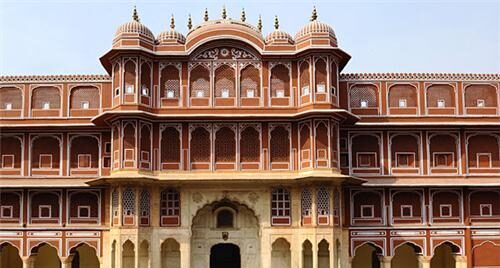
Maharao Madho Singh Museum
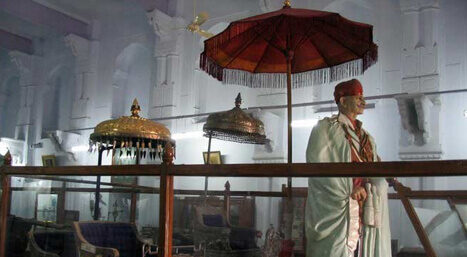
The Government Museum
Situated on the banks of the Chambal River,at an important juncture of the trade route between Delhi and Gujrat, Kota is Rajasthan’s Fifth Largest City. This Bustling,sprawling city is also called the industrial capital of the state. The tentacles of the modern world have the city in its grip with the Chambal Valley Project giving it a major position on the state’s industrial map. Chemicals,fertilizers, synthetic Fibers, Tyrecord and sophisticated instruments, industry’s mainstay, have helped in pushing this ancient city into the forefront of modernization. Yet memories of its ancient links linger strongly. Present Day Kota owes its foundations to a Kotya Bhil warrior who 800 years ago built a small fortification at akelgarh and put up a protective mud-wall around it all the way to Retwali. In 1580, Rao Madho Singh strengthened both the fortification and the wall. In time to come, Kota acquired the Hallmark of Rajput power as well as culture.
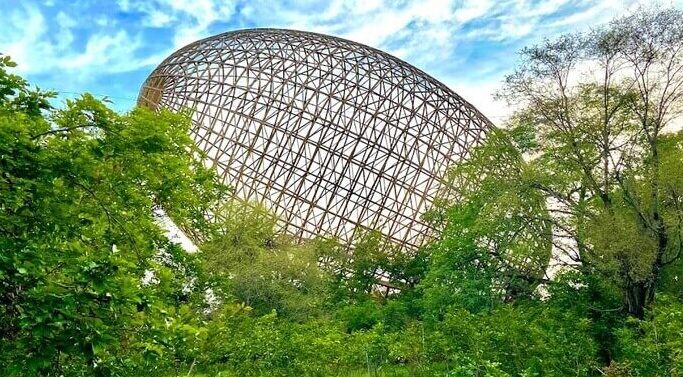
Oxygen City Park
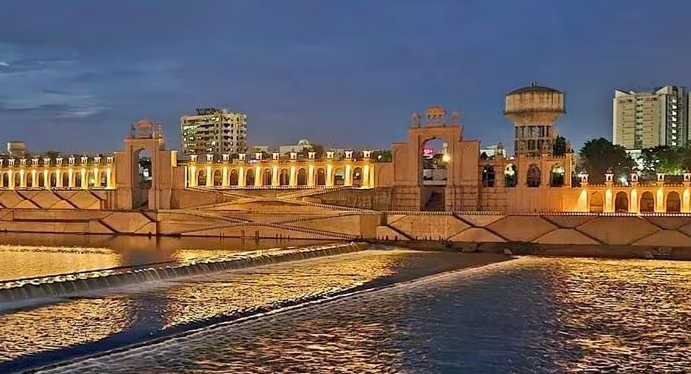
River Front Kota

The Government Museum
Though Kota boasts of a small airport, the main international airport at Jaipur (240 km) connects it to the rest of the world through regular flight services. Kota is a main railhead and connects the city with other major railway junctions in the country. Being situated on the NH 12 (Jaipur Jabalpur Highway) has provided Kota excellent road links with the rest of India.
Dussehra is one of the prime festivals of Rajasthan and is celebrated with great pomp and grandeur in Kota. The festival commemorates the 9 day battle between Rama, the Divine king and Ravana, a demon. On the 10th day is called the Vijaya Dashami or the ‘Day Of Victory’. Ram Lila enactments of this epic battle and other devotional programs are organized all through this period.
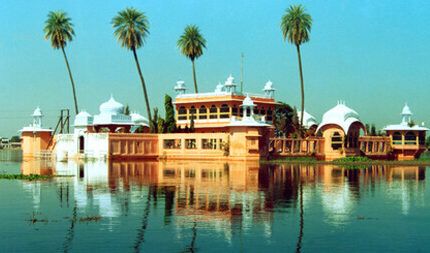
Jag Mandir
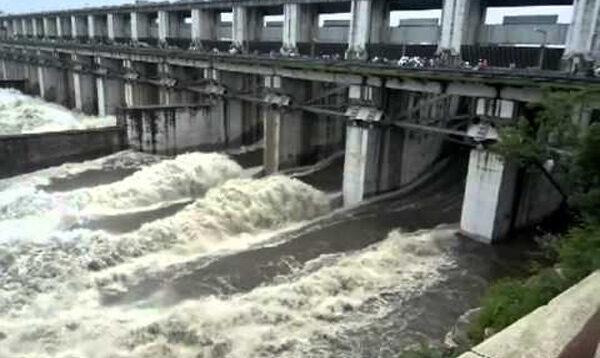
Kota Barrage

